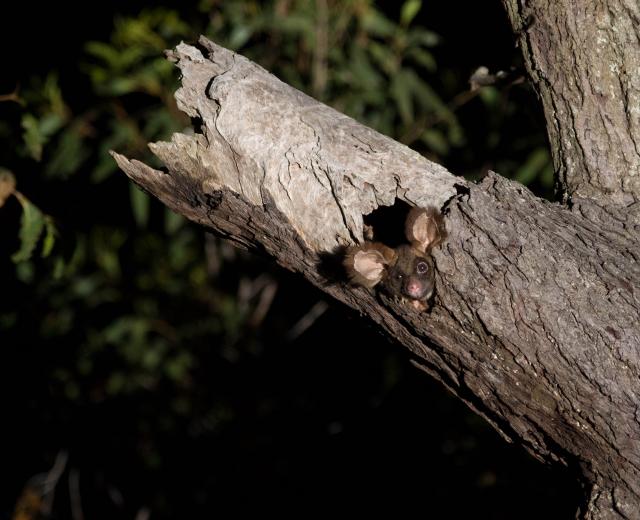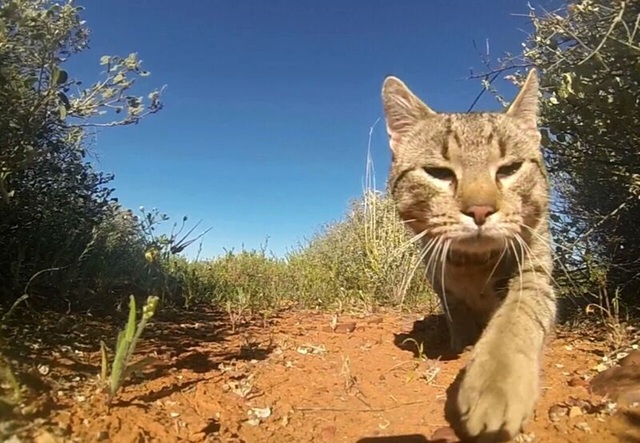A Victorian conservation group is calling for the government to legislate Wombat Forest as a national park in a fight to protect the state’s endangered Greater Gliders.
The species was officially classified as endangered on July 5, with bushfires, climate change and logging outlined identified as key threats to its existence.
A Victorian National Parks Association (VPNA) statement said its research, working with citizen scientists, uncovered “a larger than expected population hotspots of the Greater Gliders in the Wombat Forest”.
Over four nights in January, the count recorded 40 Greater Gliders, four koalas and a powerful owl – Australia’s largest owl species.
“Greater Gliders are Australia’s largest gliding marsupial but habitat destruction has seen their numbers dwindle,” VPNA executive director Matt Ruchel said.
“The federal Environment Minister Tanya Plibersek’s recognition that they’re at risk of extinction is welcome but it also demands further action from the state government.
“The best way to protect Victoria’s endangered Greater Gliders is to urgently legislate Wombat Forest as a national park.”
Greater Gliders are one of the world’s largest gliding mammals, with furry, panda-like ears and long fluffy tails and little claws. They are solitary herbivores, eating mainly eucalyptus leaves and buds.
Because of membranes on each side of the glider’s body, stretched between their elbows and ankles, they can glide through the air.
VNPA said Wombat State Forest contains the only population of Greater Gliders west of Melbourne.
“Greater Gliders have seen significant declines in key areas across the state over the last 20 years, and much of the suitable habitat within Victoria has been impacted by the current 2019-20 fires,” VPNA said.
“The nearest population is in the Central Highlands, which are approximately 80km away.”







